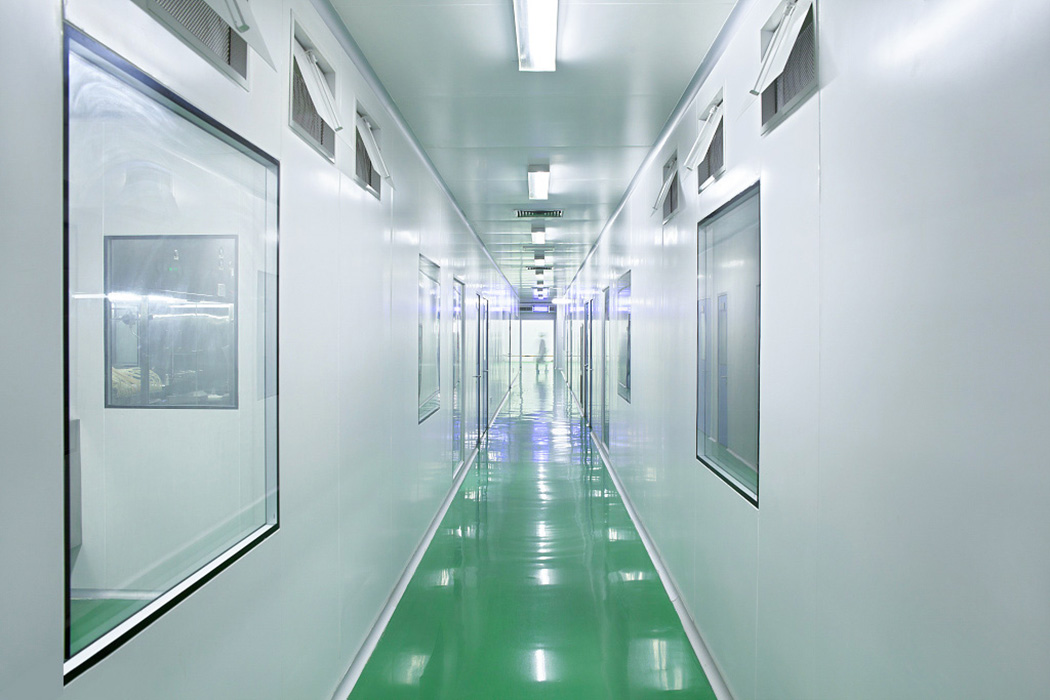Welcome to the official website of Xidi laboratory, the laboratory design and decoration recognize Xidi!
|
|
Home >> News >> Technology
文章出处:Technology|阅读量:783|发表时间:2021-03-22
As an important part of scientific research, output optimization, safety assurance and quality control, clean laboratories are becoming more and more important in the field of laboratory design and manufacturing processes. The design and construction of a clean laboratory should fully consider its potential hazards, and use this as an important factor to consider in the design and construction of a clean laboratory.
I. Design type of clean laboratory
1. Turbulent ventilated clean room: In this clean room design, the room receives clean filtered air through an air diffuser on the ceiling, mixes it with the indoor air, and then air pollutants generated by people and machines are purified by the air at the bottom of the wall The device is cleared.
2. One-way flow clean room: In this clean room design, the high-efficiency filter is installed on the entire ceiling or wall to provide air to the room. Sweeping through the room in a one-way manner, it flows out of the floor, removing air pollutants from the room.
Both types of rooms use air purifiers to provide filtered air in local areas where there is a need for cleanliness (such as the most polluted areas in the work process).
II. Design requirements for clean laboratories
When designing a clean laboratory, it is important to consider and calculate the area occupied by mechanical equipment in advance. In the design stage, we must uphold the principle of flexibility and prepare for future development needs. Such a laboratory design plan is more conducive to further expansion and modification. As well as adding new equipment and tools.
1. The design of clean laboratory requires that the wall piping system can accommodate more pipes and power facilities.
2. Clean laboratory design requires airlock to help minimize and prevent pressure changes that may affect the work process. Because there may be a lot of dust, dirt particles, harmful chemicals and other pollutants in the clean room.
3. The clean laboratory design requires replacement of insulating materials when possible and installation of electrical technology when necessary. It is important for cleanroom managers to conduct static audits to identify potential problems and possible causes.
4. Clean laboratory design requires temperature and humidity control, because clean room experiments need to control temperature and humidity to prevent corrosion, prevent condensation on the working surface, and reduce discharge.
5. The design of the clean laboratory requires that the clean room be pressurized so that the clean room is maintained under the static pressure of atmospheric pressure, and the air pressure gradient is set to make the air flow from the clean area to the unclean area. (Note: There is an exception for the positive pressure difference in one case: that is, the evaporation mechanism requires the room to be under negative pressure when handling certain hazardous substances).
6. The design of clean laboratory requires that HEPA filters must be installed, which is essential to control pollution.
The above is the focus of clean laboratory construction and design. If you have more questions about laboratory construction and design requirements, please call, and Shanghai laboratory design expert SAREN will answer you in detail. More laboratory design expertise can be obtained by clicking "Technical Support".
